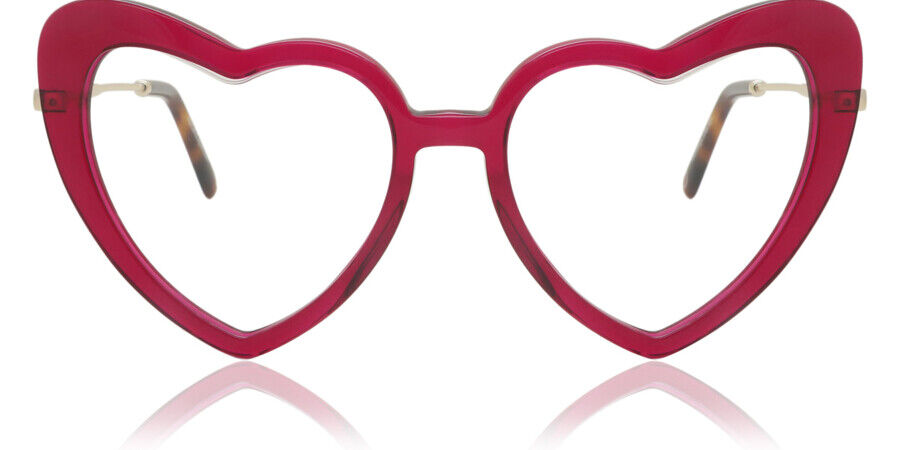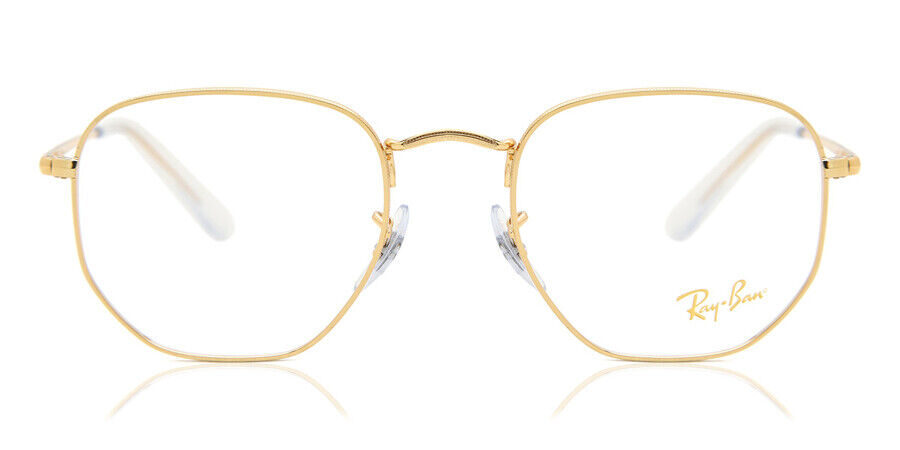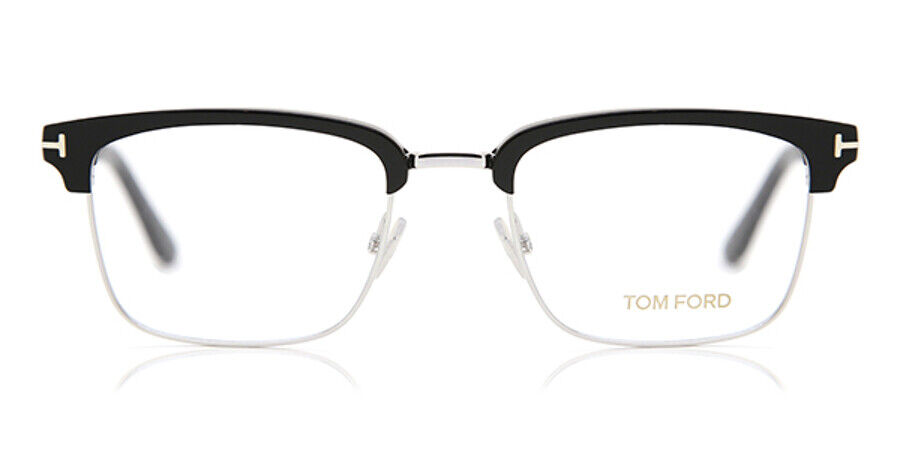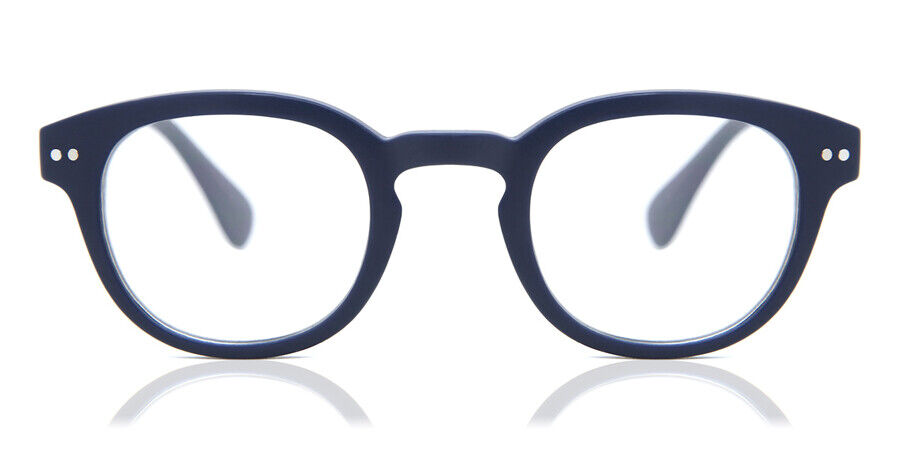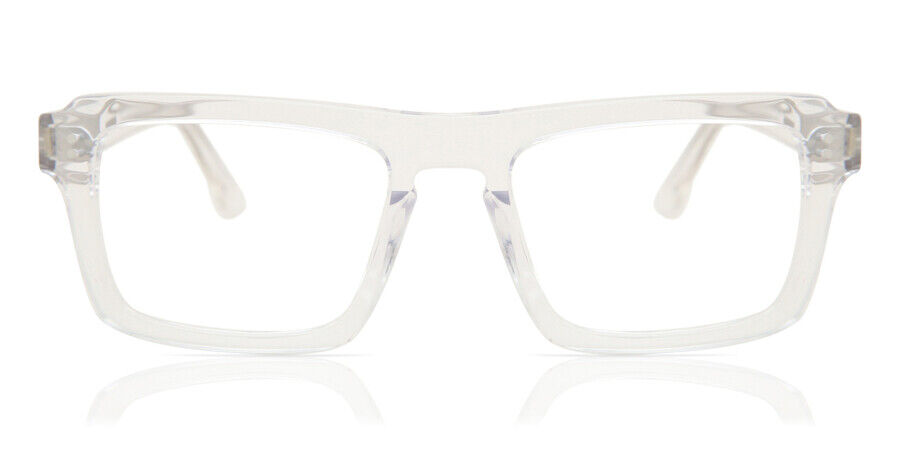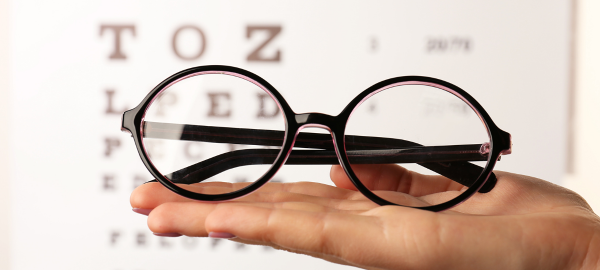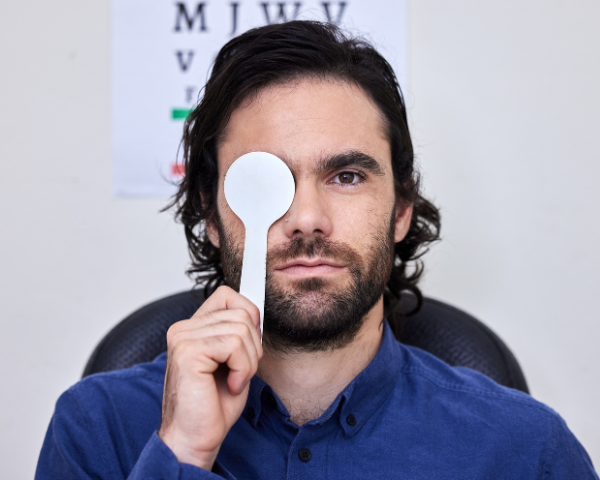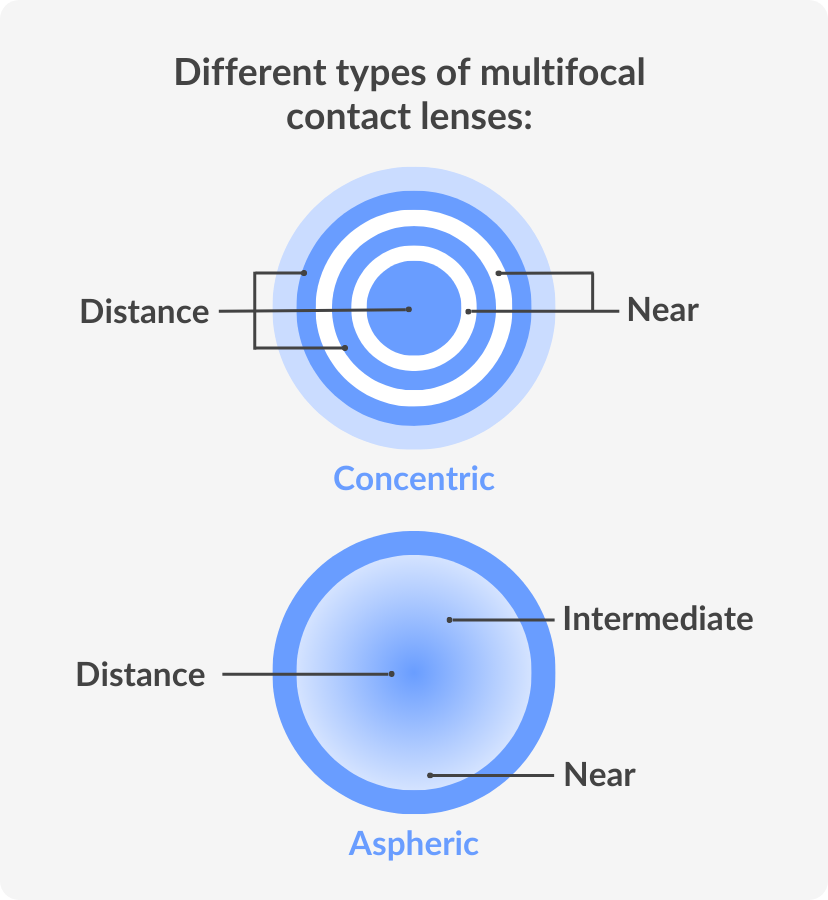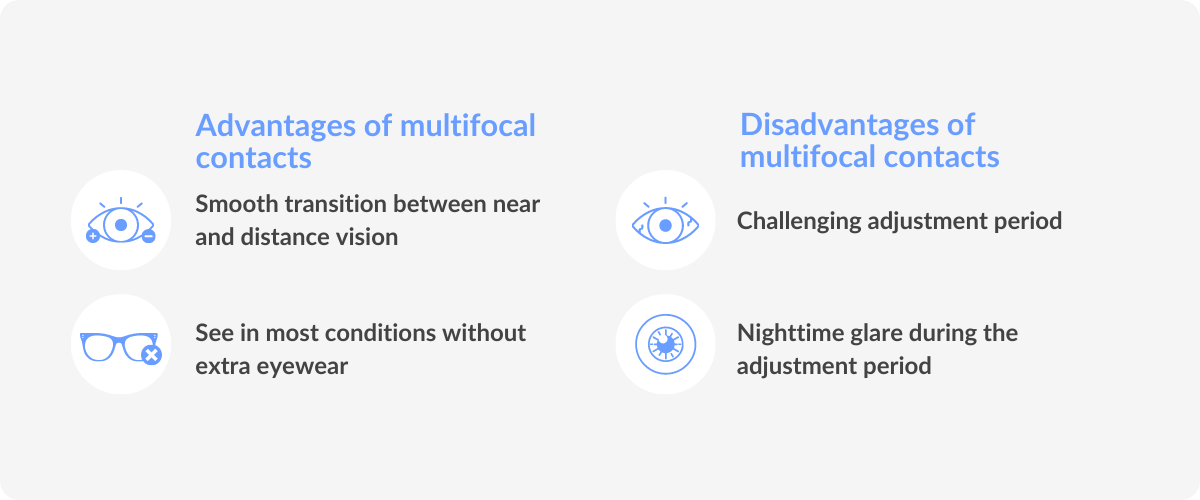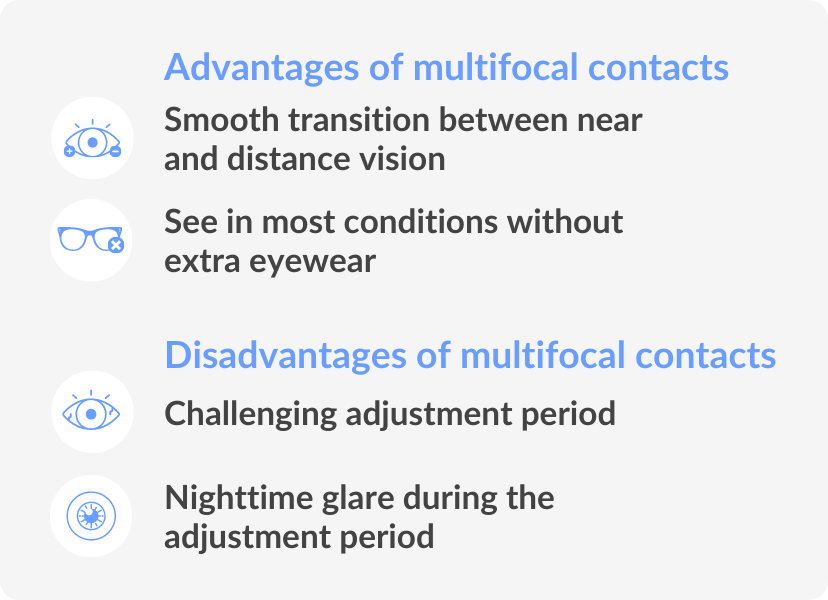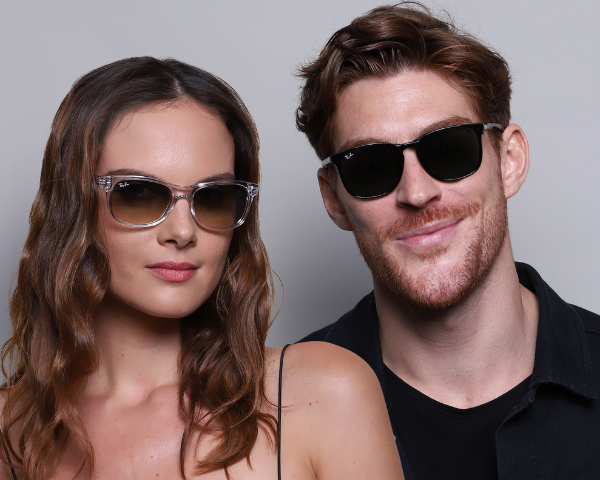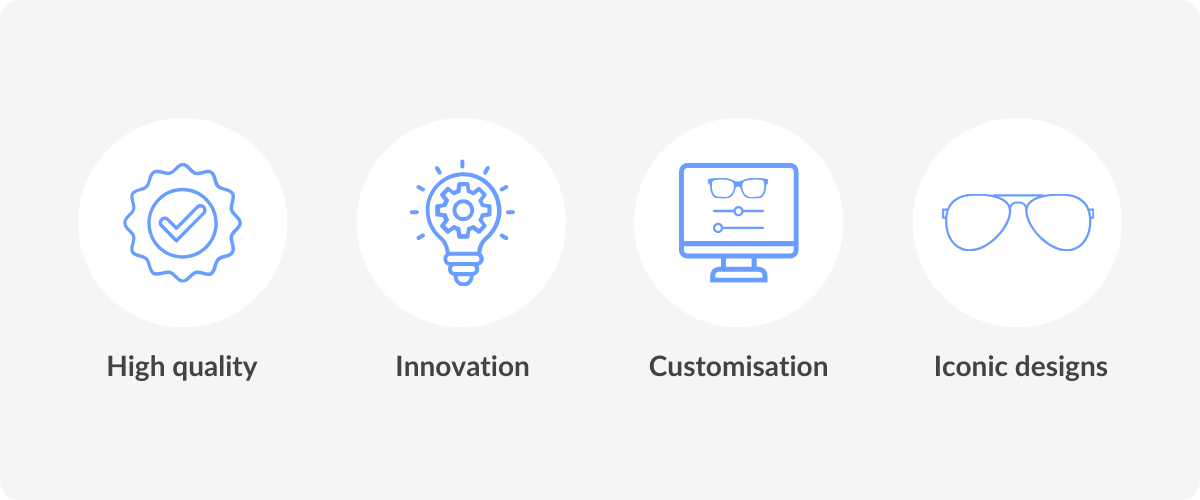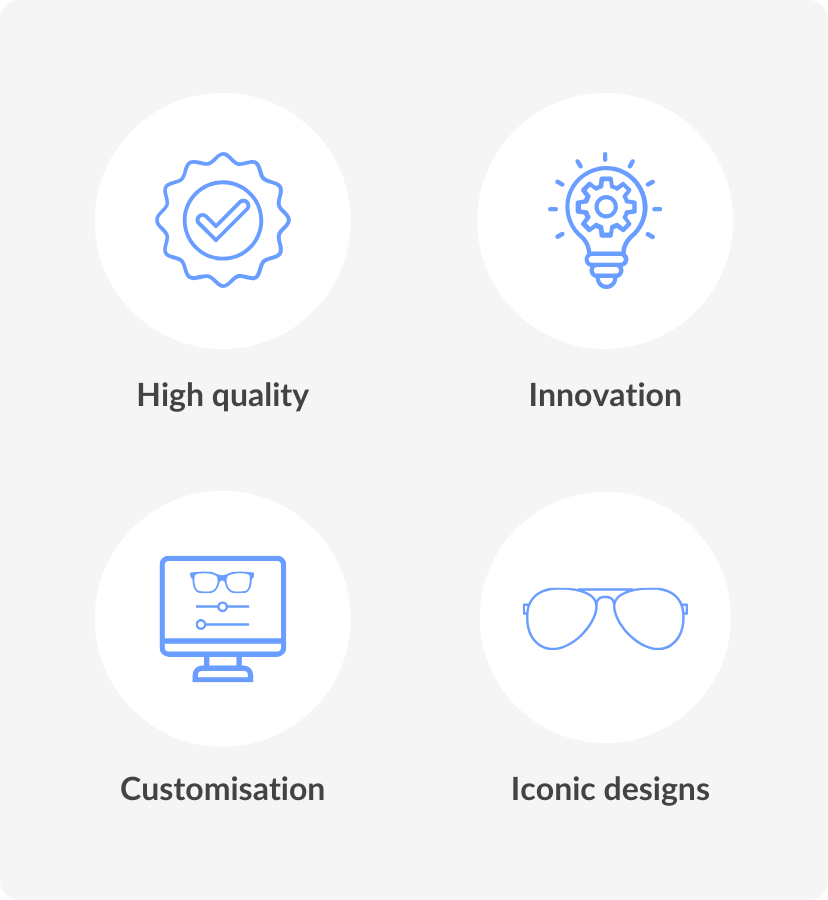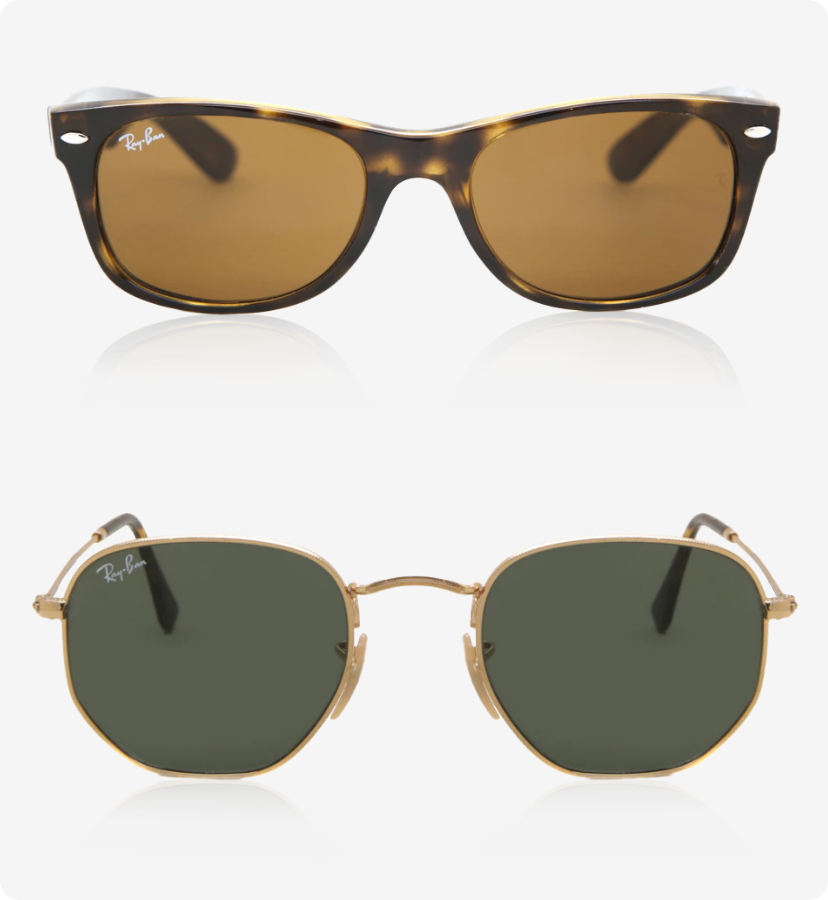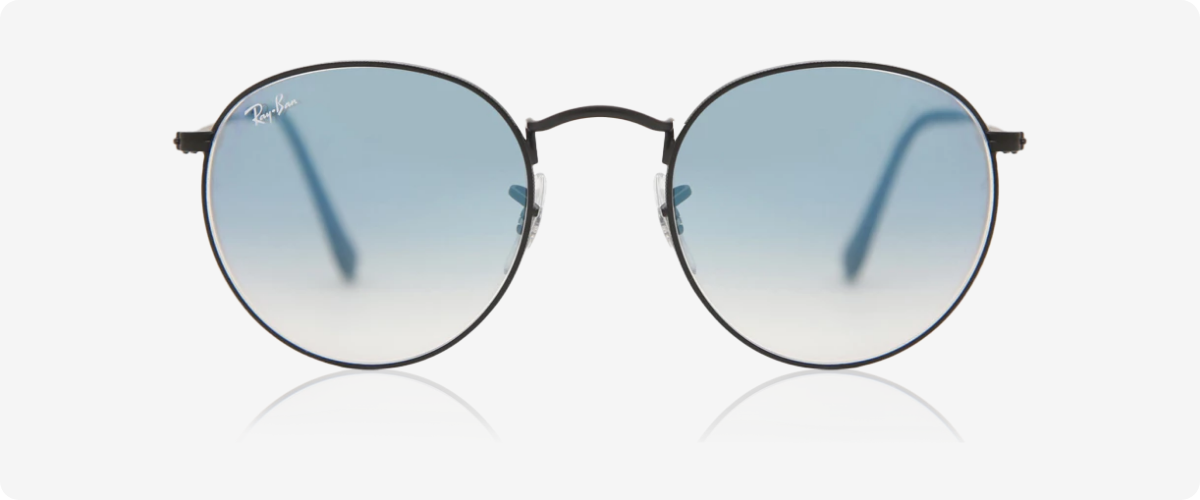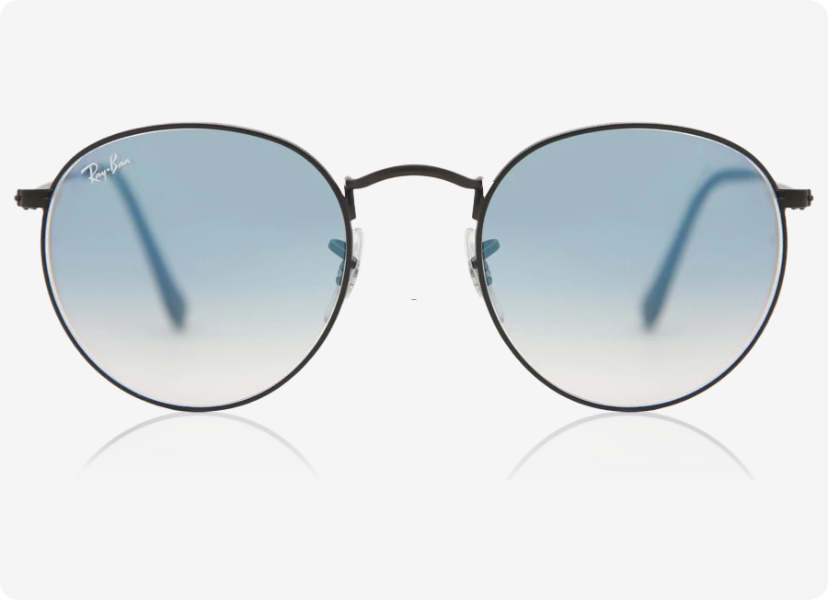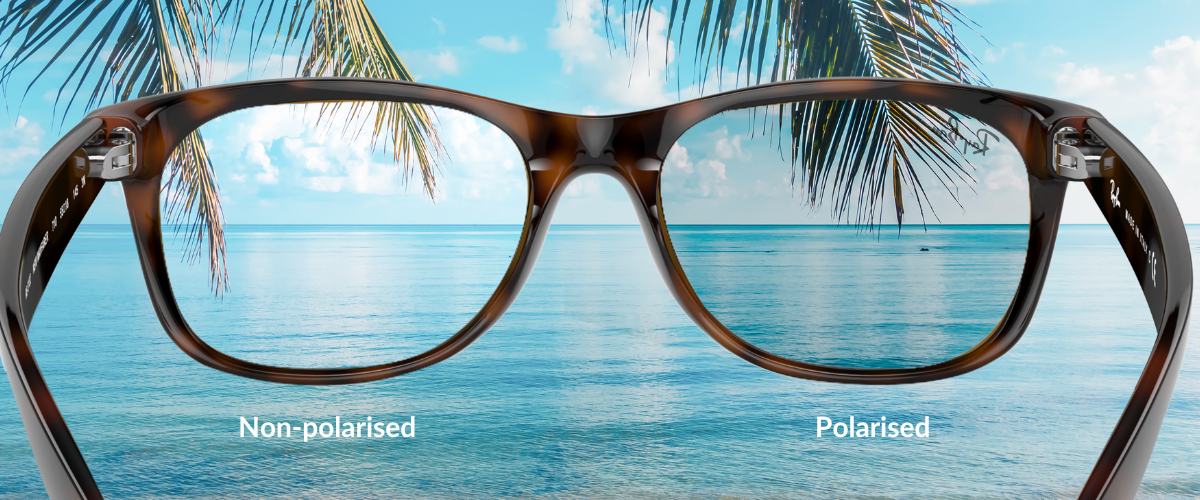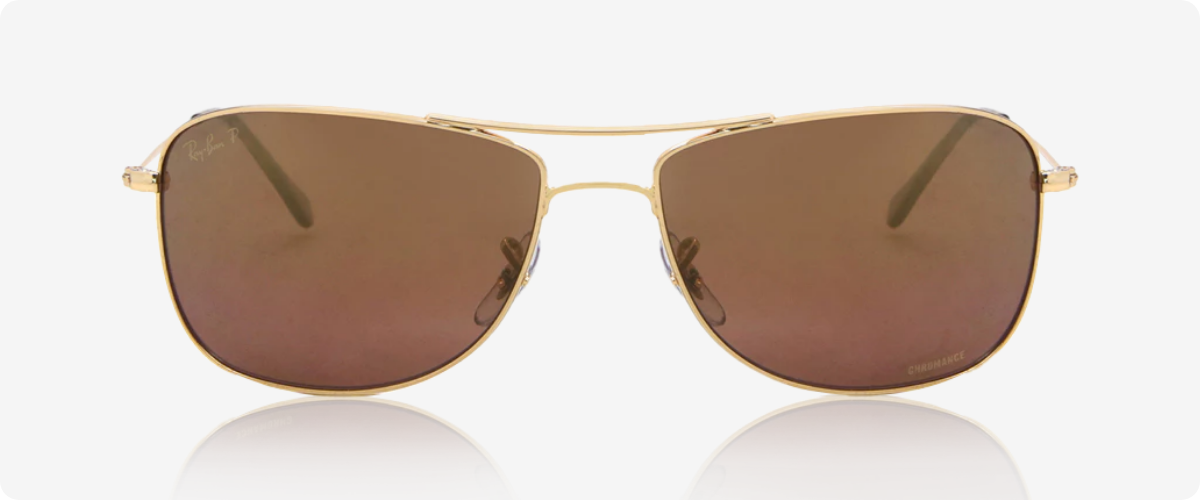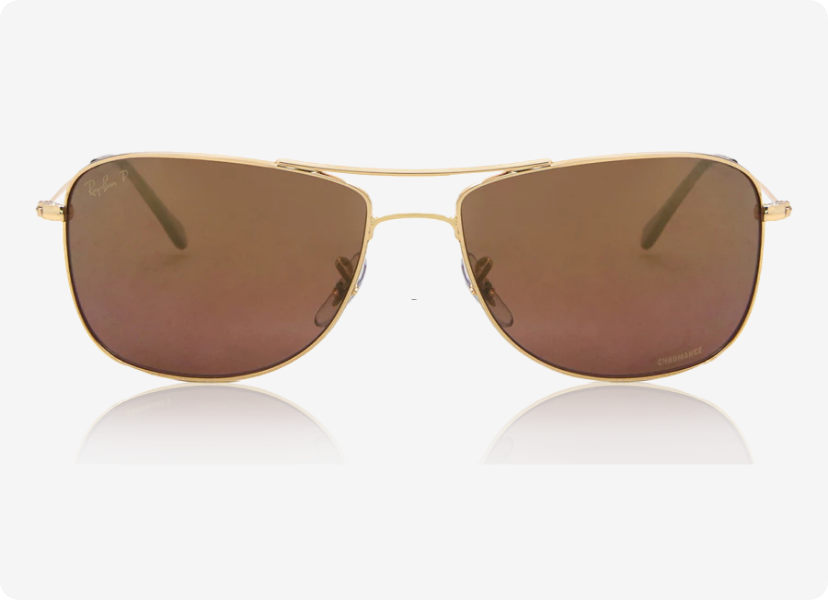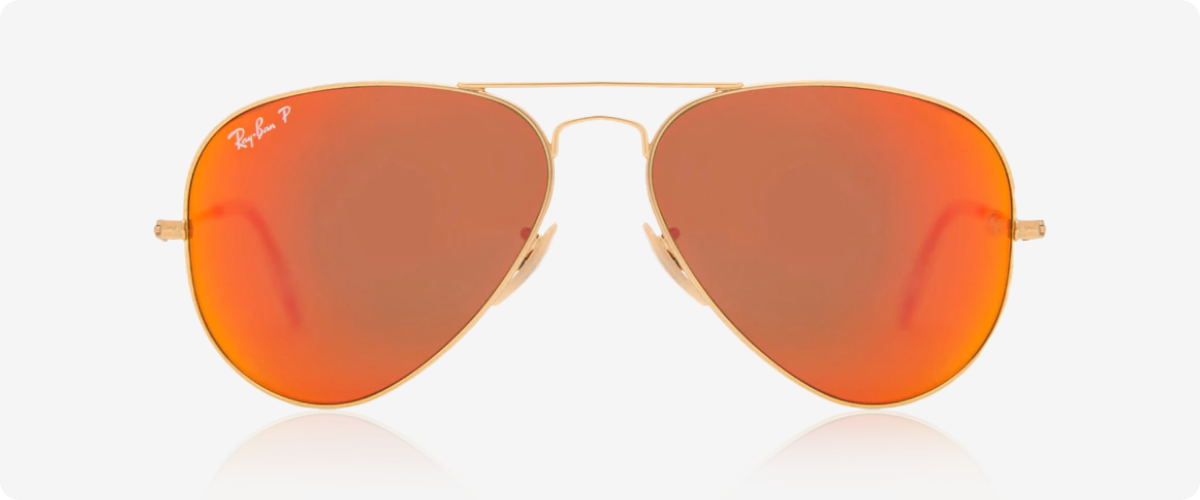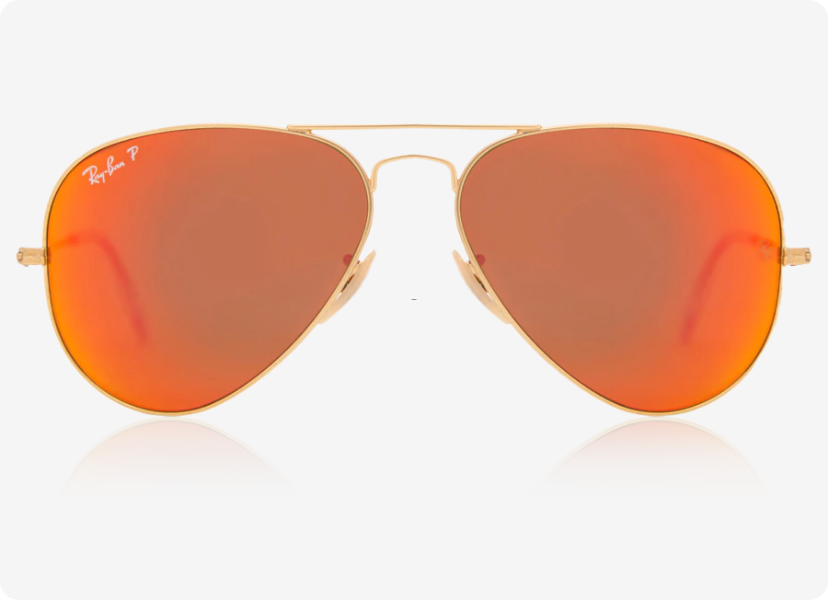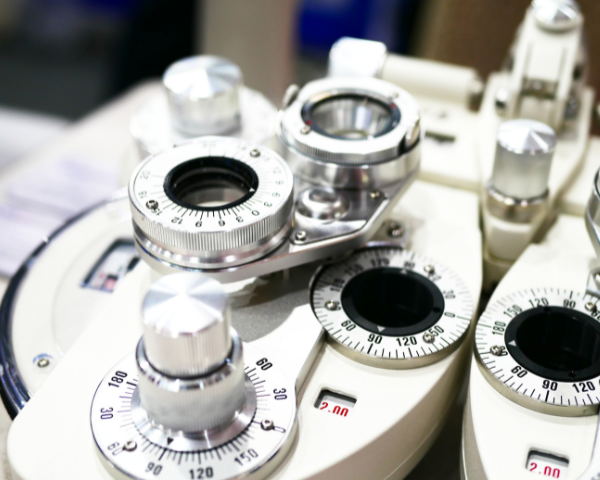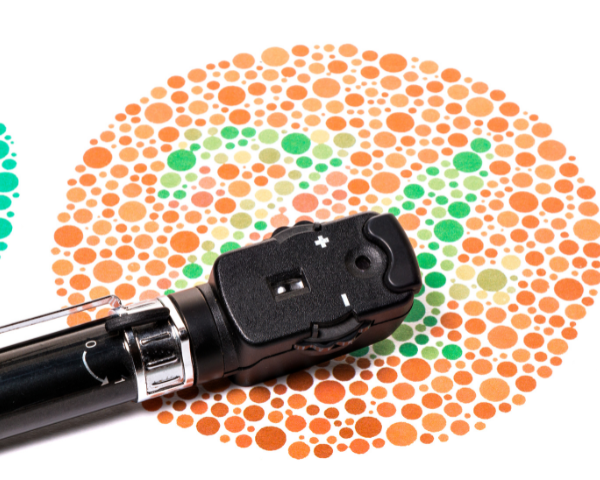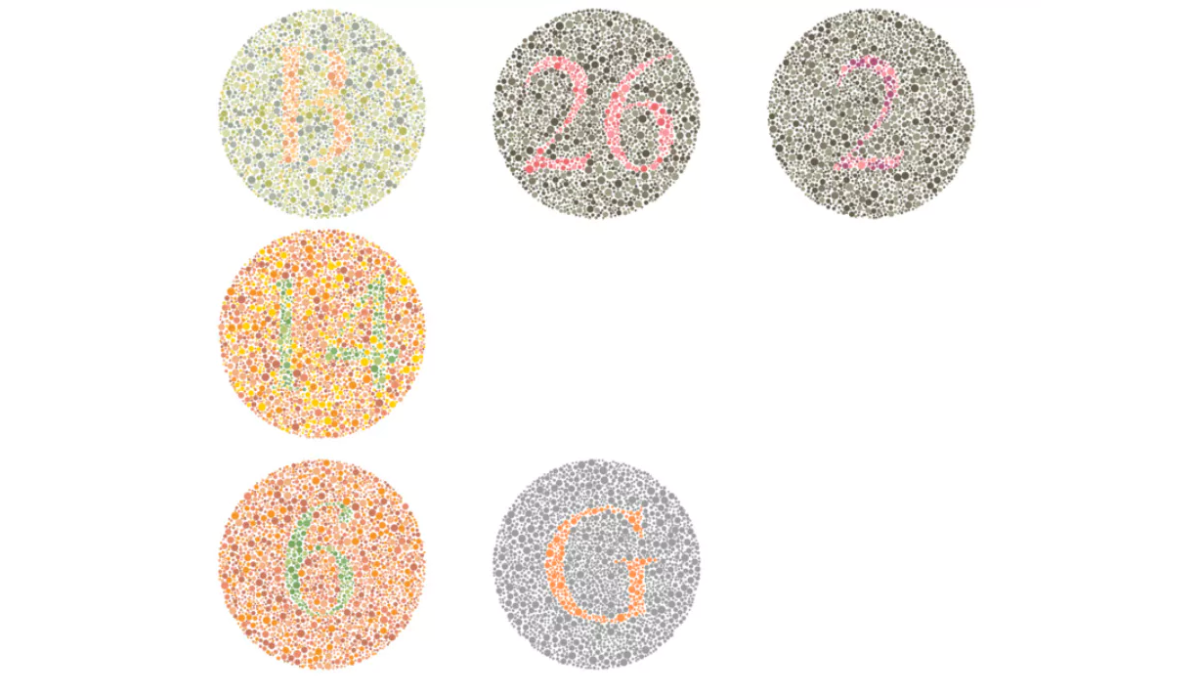Double Vision: Symptoms, Causes and Treatments for Diplopia

Reviewed by
Beck Jinnette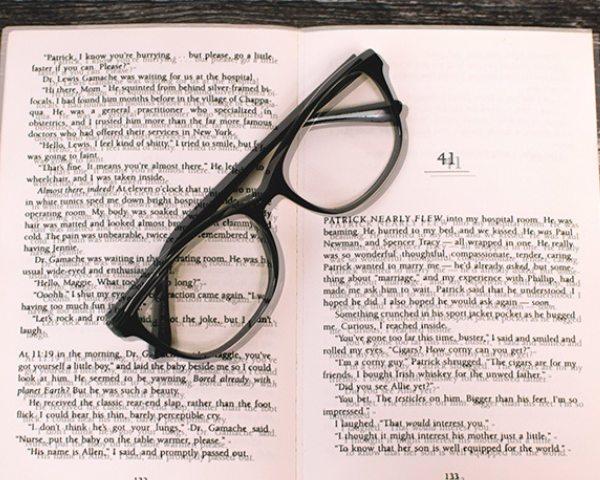
SUMMARY
Diplopia is a vision issue that causes people to see two images of a single object.
It can be caused by several factors, including eye muscle issues, nerve problems, or medical conditions.
The treatment will depend on the underlying cause and can include corrective lenses, medication or surgery.
Seeing double can be a confusing and unsettling experience, making the world around you appear out of sync. It might happen suddenly or gradually, leaving you wondering what’s happening with your vision.
Double vision can disrupt your everyday life, whether it’s a fleeting issue or something that lingers. In this piece, we’ll take a closer look at what double vision is all about and how it impacts the way you see things.
What is diplopia?
More commonly known as double vision, diplopia is the medical term for double vision. Diplopia is an eye condition that causes someone to see two of the same image while looking at an object when there should only be one.
The images can appear on top of one another, next to each other or at an angle.
A refractive error usually causes double vision, bending the light entering the eye and hitting the retina in two places instead of one, making you see two images.
One of the two images typically appears fainter than the “main” image and is known as the “ghost image”. Because of this blurred image, people tend to mistake diplopia for blurred vision.
This blurred vision can decrease your depth perception, making driving, walking and other everyday activities more difficult and unsafe.
What are the different types of diplopia?
How people with diplopia see things varies depending on their diplopia type. The two main types of double vision are monocular diplopia and binocular diplopia.
Binocular diplopia
Binocular diplopia is a type of double vision that only occurs when both eyes are open. This means that when the person experiencing double vision closes one eye, their vision will appear normal.
Various conditions can cause this, but more commonly nerve damage or strabismus. Binocular double vision can be split into three categories: horizontal, vertical and diagonal.
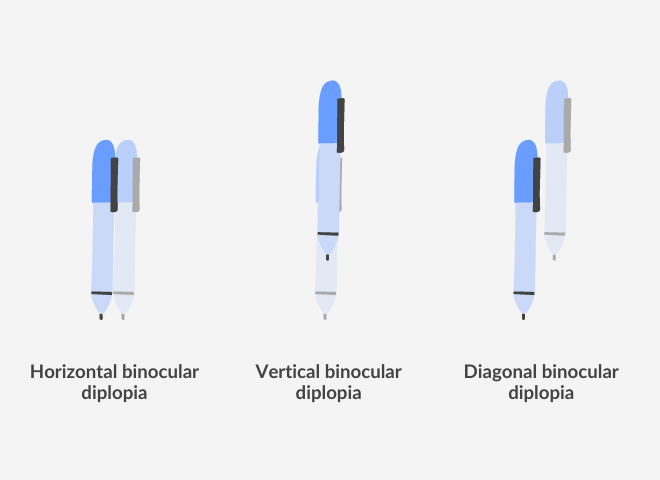
Horizontal diplopia: when the person sees two images side by side, with one appearing either to the left or the right of the other.
Vertical diplopia: when someone sees two images on top of each other, with one appearing either above or below the other.
Diagonal diplopia: less common than the others; when the second image appears at an angle from the “main” image.
Monocular diplopia
Monocular diplopia is a type of double vision that occurs in only one eye or is present only when one eye is open. The person experiencing monocular double vision typically sees one image on top of the other, similar to horizontal binocular diplopia.
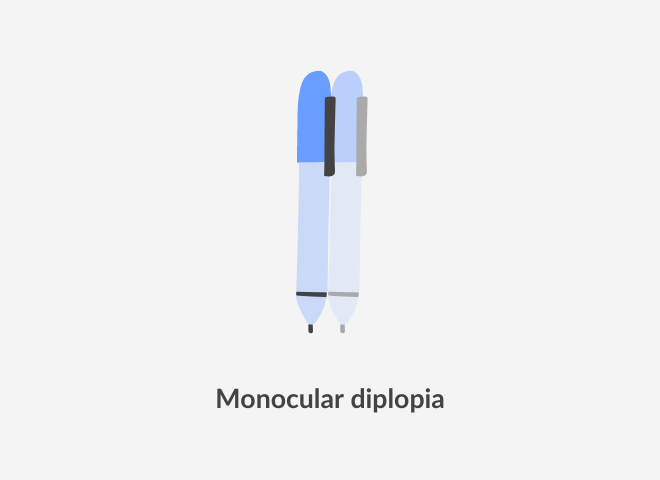
This double vision is more common than binocular diplopia; the symptoms are usually confined to one eye.
What causes double vision?
A range of conditions can cause double vision and vary depending on the type of diplopia, whether binocular or monocular. Some causes can be temporary and minor, like astigmatism, whereas other causes can be more serious.
Different causes of double vision can include eye, nerve and brain-related issues.
Eye-related issues that can cause double vision, like cataracts, dry eye syndrome where your eye isn’t producing enough tears, weakness of eye muscles, strabismus and astigmatism, are easily treated.
Sometimes, double vision can also occur in those who experience sudden traumatic head injuries like getting into a car accident.
Underlying issues related to a nerve condition or the brain can affect the function of the extraocular muscles, the optic nerve or the cranial nerves, causing double vision.
More severe problems that can cause double images include diabetes, high blood pressure, autoimmune disease or neurological conditions like myasthenia gravis, multiple sclerosis, weaknesses in the body’s voluntary muscles, stroke or a brain tumour.
Although this may seem daunting, knowing how to spot the symptoms early and get them treated can help minimise long-term effects.
Symptoms of double vision
Many patients with double vision report symptoms, including headaches, eye drooping, hazy or blurry vision in one or both eyes, nausea, dizziness, eye pain when you move your eyes and, of course, seeing double images when you should only see one single object.

Some of these symptoms don’t always mean you have diplopia, as various physiological and environmental factors can cause them.
However, it is always advised that you should seek immediate medical attention if you experience sudden onset double vision along with other symptoms like confusion, muscle weakness, dizziness, slurred speech or pain.
In this case, seeing double can be a sign of an acute onset medical issue like a stroke or aneurysm, which can be life-threatening.
DID YOU KNOW?
Alcohol or recreational drugs can cause temporary double vision.
How to know if I have diplopia?
If you think you or someone you know may have signs of diplopia, there’s no harm in going to the eye doctor for an eye exam. Your eye doctor will perform an extensive eye exam to diagnose double vision and determine the underlying issue.
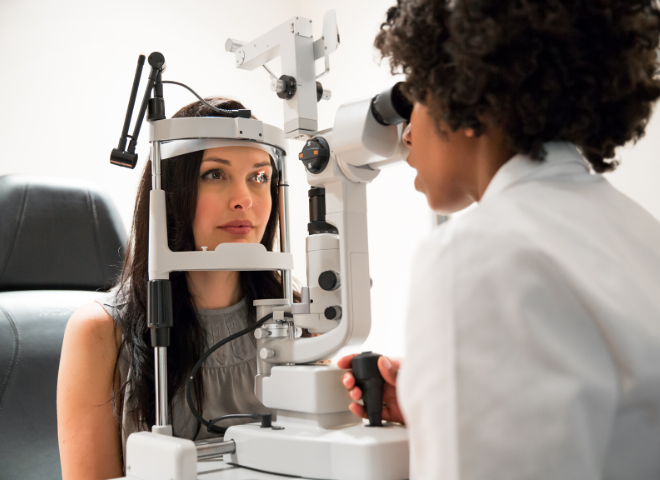
For more severe cases, eye specialists may refer you to a neuro-ophthalmologist to perform further tests like brain imaging to determine the underlying cause.
Depending on the underlying condition, they will prescribe you a treatment best suited to your specific case.
How to treat diplopia
Treatment usually depends on the underlying issue.
Treatments for double vision caused by issues in eye alignment or refractive errors may include wearing an eye patch on the affected eye, special contact lenses or prism glasses.
Prism glasses bend the light that enters the eye and fix the refractive error so that the light only hits one point of the retina, resulting in one image instead of two.

Other treatments for diplopia caused by neurological or muscular issues include outpatient surgery to correct problems causing double vision.
This may include cataract surgery to replace the lens, also known as the crystalline lens, or surgery to operate on the surrounding eye muscles.
How to prevent double vision
Taking good care of your eyes and regularly seeing your eye doctor is the best way to maintain your eye health and to catch any signs/symptoms early on.
Although there’s no way to prevent diplopia from occurring, preventative measures can be taken to reduce the risk of injury that may cause double vision.
Here are some steps to follow to stay on top of your eye health:
- Give your eyes a break from looking at digital devices throughout the day.
- Wear your seat belt any time you’re in a car.
- Schedule regular eye exams every 1-2 years (unless stated otherwise by your eye specialist).
- Wear protective eyewear and headgear for any/all sports, work and activities.
If you or someone you know is experiencing sudden or reoccurring changes in vision, reach out to an eyecare specialist to schedule an eye exam. If you have any questions or need advice, speak with one of our optical experts; they’ll be happy to help.
Want to learn more? Head over to our Optical Centre for more information on all things eyecare.
Related articles


Related articles

















































